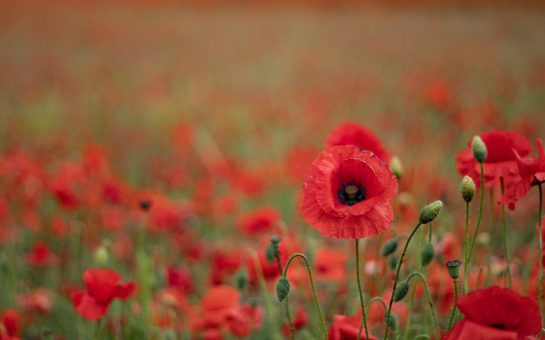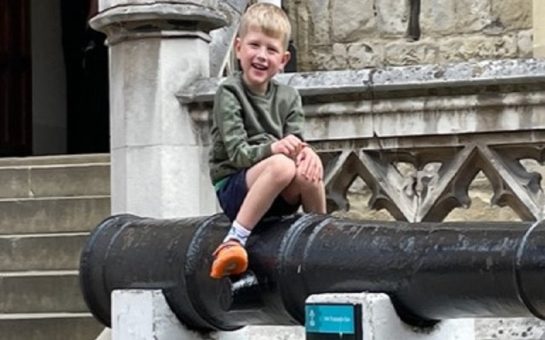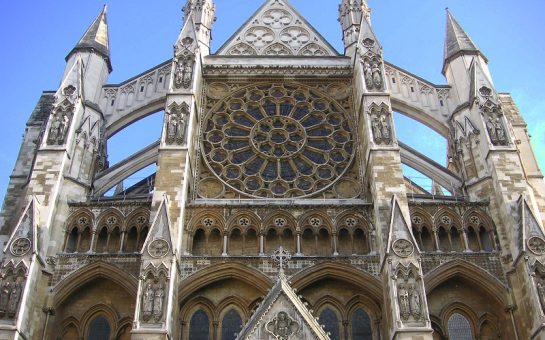After completing his education in the UK, France and Germany, Prince Philip joined the Royal Navy in 1939, the start of a long stint in the armed forces.
While at the Britannia Royal Naval College in Dartmouth, Philip won two prizes for being the best cadet, showing his talent from early on.
From the beginning of 1940 to the end of World War II, Philip served with the Royal Navy in both the Mediterranean and the Pacific.
He served on several ships in various roles including midshipman, an officer of the lowest rank in the Royal Navy.
Philip worked his way up before the achievement of reaching the rank of Commander in the Royal Navy.
One of his most memorable moments while serving in the Royal Navy was saving everyone on his ship from the Nazis.
It happened during the Allied invasion of Sicily, where the Duke’s ship came under attack during the night by the Luftwaffe, the aerial warfare branch of the Wehrmacht.
He responded to the attack by throwing overboard several wooden life rafts with smoke floats attached to them which led to the enemy pilots aiming bombs at the rafts instead of the ship, a move which saved the lives of those on the ship.
After his military career came to an end in 1951, Philip still held close links to the armed forces.
In 1952, a year after he ended his military duties, the Duke was made Admiral of the Sea Cadet Corps, Colonel-in-Chief of the Army Cadet Force and Air Commodore-in-Chief of the Air Training Corps.
The following year he was promoted to Admiral of the Fleet and made Field Marshal and Marshal of the Royal Air Force.
Philip was also Colonel-in-Chief and Colonel of many British and overseas regiments.
To check out the rest of MM’s Prince Philip coverage, click here.
Featured image credit: Jamie McCaffrey on Flikr.



